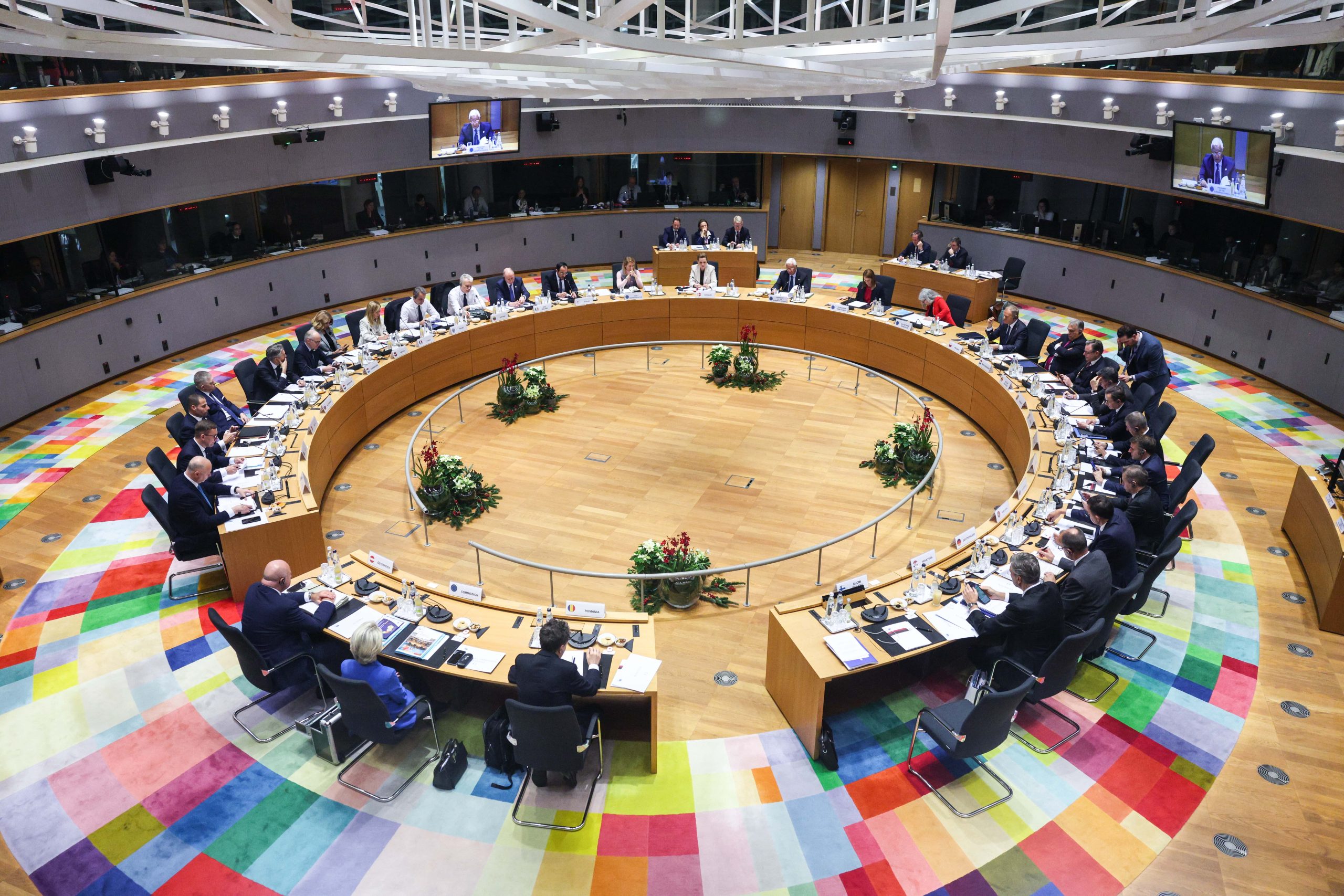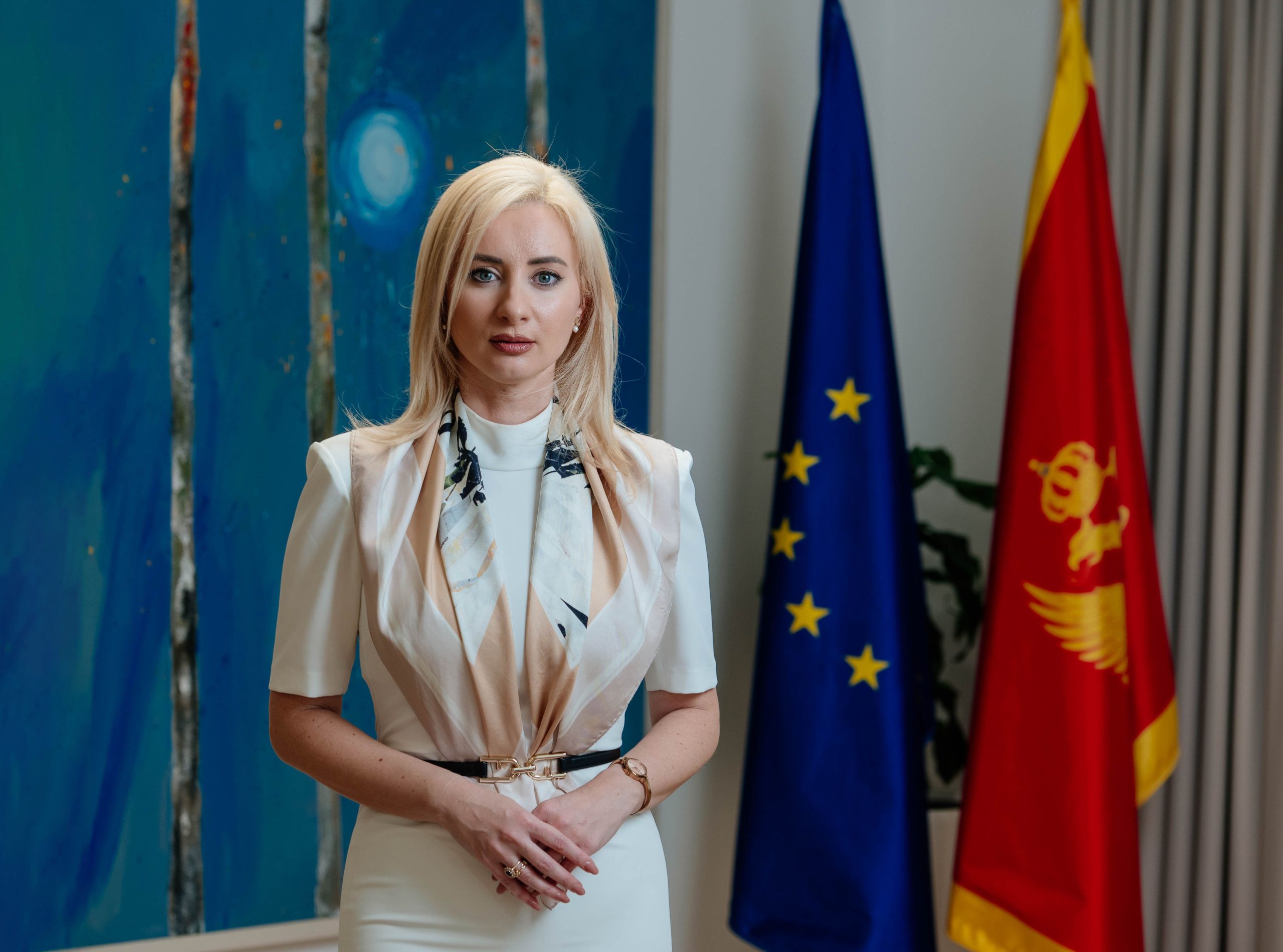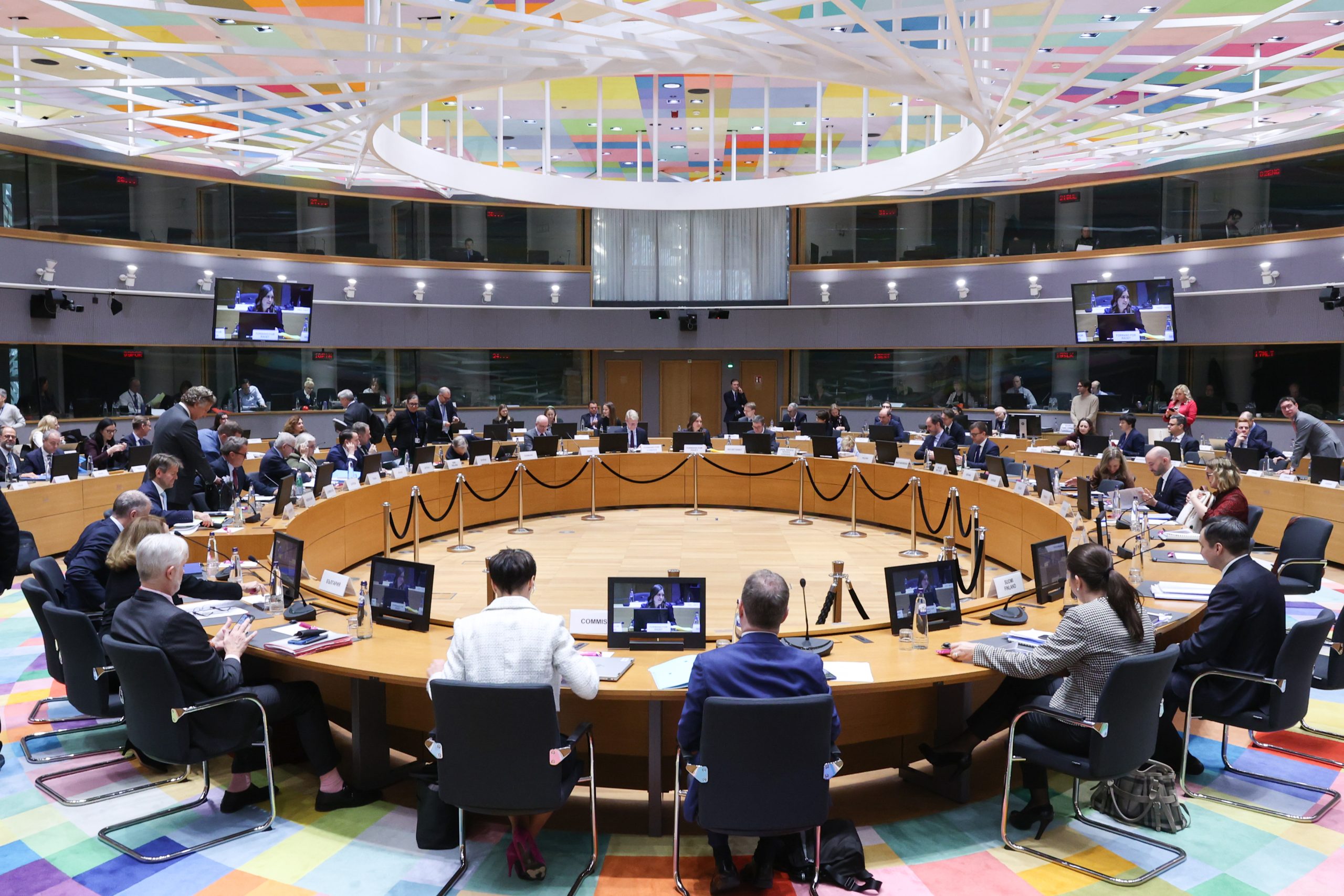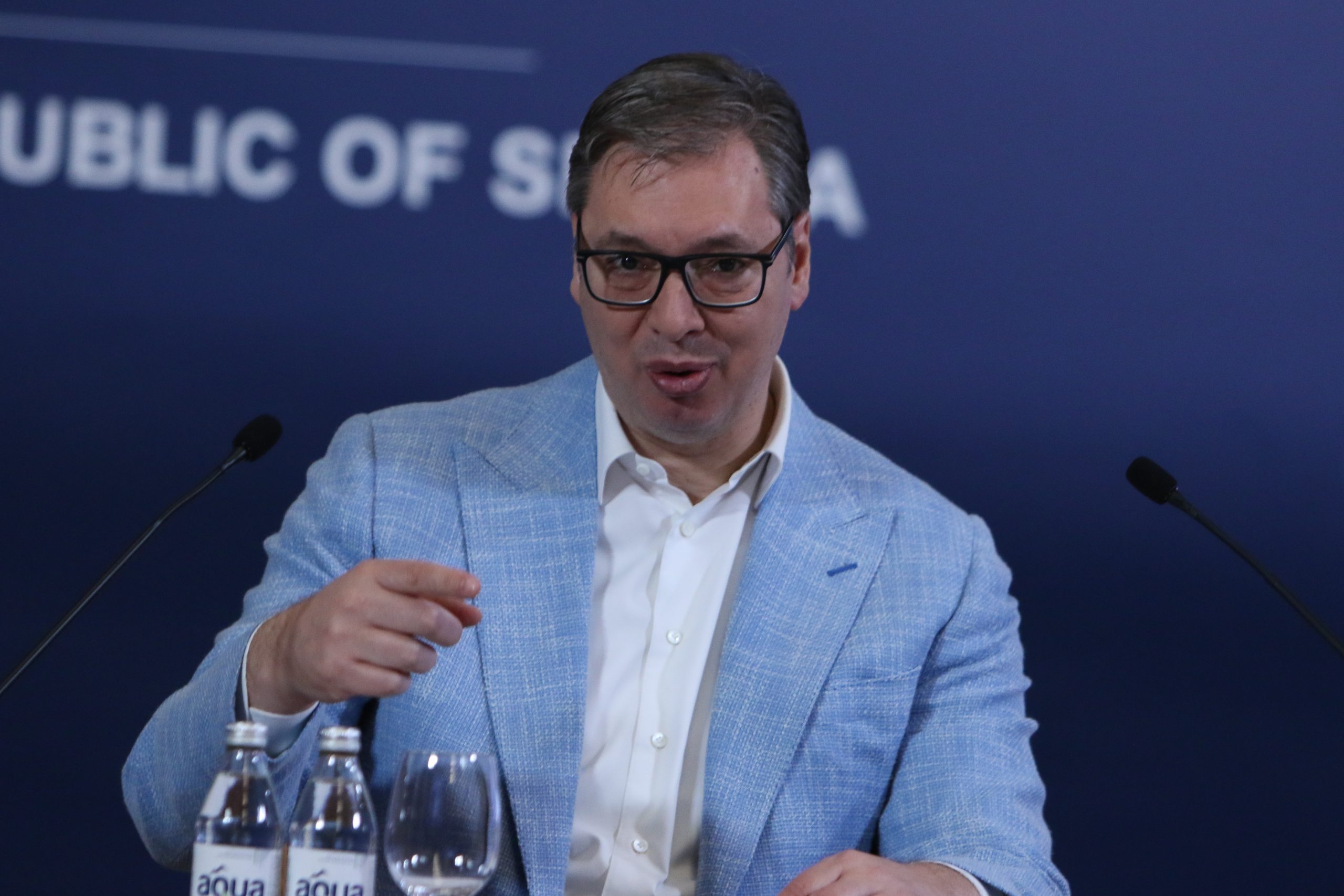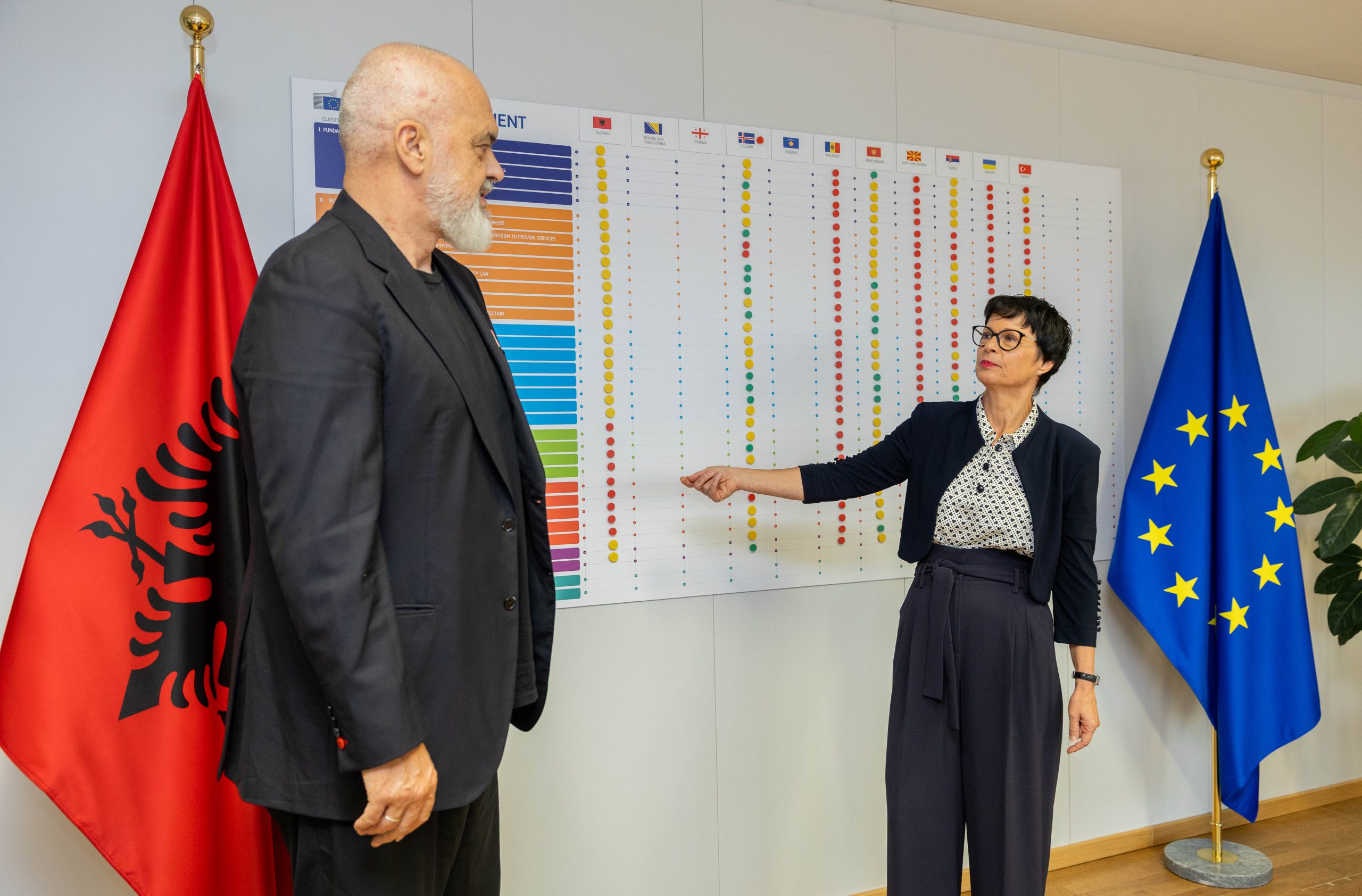This article was originally published in Serbian.
The final results of the Census of Population, which the Republic of Serbia carried out with the financial support of the European Union, show that the claims of the political elite of Albanians from the south of Serbia are correct. In Serbia, mainly in the south in the municipalities of Preševo, Bujanovac, and Medveđa, about 100,000 members of this national minority were enumerated, according to our interlocutors. Additionally, the official “calculation” of the Republic Institute of Statistics shows a large outflow of the population – almost 40 percent of them live in the diaspora, which is not such a great figure for these citizens.
Disputes about the actual number of Albanians living in Serbia, mostly in the south, have lasted for more than a decade because they decided to boycott the census held in 2011, and only about 5,800 members of this national minority were enumerated then.
According to our interlocutor, the founder and editor-in-chief of Bujanovačke portal Nikola Lazić, Albanians boycotted the previous census because Serbia printed the forms in Cyrillic in the Serbian language.
“In addition, members of the then political elite of Albanians from the south of Serbia believed that the boycott was necessary due to the unresolved problems in education, culture, use of language, and symbols, as well as the obligations that the state had in this part of the country, where the Albanians population is the most numerous”, he says.
The current member of the Presidency of the party led by MP Shaip Kambery (Party for Democratic Action), Rahim Salihi, explaining the political decision of the Albanian parties in Preševo, Bujanovac and Medveđa to boycott the Census in 2011, says that the Albanian enumerators were not satisfied with the way the Census was organized.
He recalls that census forms were not translated into the Albanian language and that the Albanian diaspora could not be registered. That is, neither returnees nor refugees were correctly registered in the lists.
The boycott led to the worse position of Albanians, adds Salihi, because the official number of 6,000 Albanians in Serbia reduced the number of members of the National Council of the Albanian National Minority, as well as the number of funds from the republican budget for financing this body.
“Playing with numbers also influenced the integration of Albanians. They did not respond to the invitation of the political elite to participate in this year’s Census because their position compared to 2011 is better, but because of the very conditions of the Census, that is, the Methodology that follows the principles and standards of the European Union,” says Salihi.
While Albanian leaders such as the President of the National Council of Albanians, Ragmi Mustafa, proudly announced the preliminary results and the data on 100,000 of them living in Preševo, Bujanovac and Medveđa after the end of the Census, the challenge came from the President of the Republic of Serbia, Aleksandar Vučić himself.
The Census has not even finished yet, when Vučić, at the opening of the factory in Vlasotinac on October 26, also spoke about the response of Albanians to the Census, claiming that “many families register members who do not live in Serbia”, which is why the exact number of Albanians will not be known again in Serbia.
“Dad and mom report two children who have not lived there for four years but are abroad. Our wish is for them to return to Serbia, they are all citizens of Serbia, and it is good for them to work and live here because they contribute to the GDP of our country”, he said.
In Preševo and Bujanovac, the biggest difference is in the number of persons enumerated and the number of inhabitants shown
Detailed Census data will be published in the first half of 2023, the RZS announced, when the number of members of national minorities living in Serbia will also be known. The first results were published on December 21, 2022, and contain primary data on the number of persons enumerated, inhabitants, households and apartments.
According to these results, in two municipalities in the south of Serbia with a majority Albanian population, about 115,000 people were registered, Preševo 60,568, and Bujanovac 54,684.
However, these numbers are not shown as the total number of inhabitants, but that number is smaller by around 38,000 people. Officially, 35,097 inhabitants currently live in Preševo, and 42,634 in Bujanovac and the difference between the number of enumerated persons and the RZS data on the total number of inhabitants is the largest precisely in Preševo, as many as 25,471 persons, which is several times more compared to other cities and municipalities in Serbia, where that number is only a few thousand.
As explained by the RZS, the number of 115,000 persons in Preševo and Bujanovac is the data on all persons for whom the Census Form (P-1) was filled out. It also includes temporarily present persons who were enumerated twice, once in the place where they live in their household and the second time in the place where these person study or work, as well as persons absent from their place of residence who were staying abroad at the time of the Census, regardless of the length of the absence.
The RZS methodology implied that the total number of inhabitants is calculated by adding the “number of enumerated inhabitants” and “additions from administrative sources”, and the mentioned data on the number of enumerated inhabitants was derived in accordance with the concept of “usual population”, according to which a person is considered a resident of that place in which he spends his daily vacation alone or with other members, says the RZS explanation.
That number includes persons who have lived in that place continuously for at least 12 months before the Census and those who have lived there for less than 12 months but intend to stay there for at least one year.
Thus, as the director of the Republic Institute of Statistics, Miladin Kovačević, stated at the press conference on the occasion of the publication of the results, in the municipalities of Bujanovac, Preševo and Medveđa, “currently there are 61,000 to 62,000 Albanians”. Asked how many Albanians were registered in these three municipalities, he answered:
“The total number of census records entered into the database is about a hundred thousand, and the contingent of the usual present population is somewhere between 61,000 and 62,000”, the FoNet agency reported.


